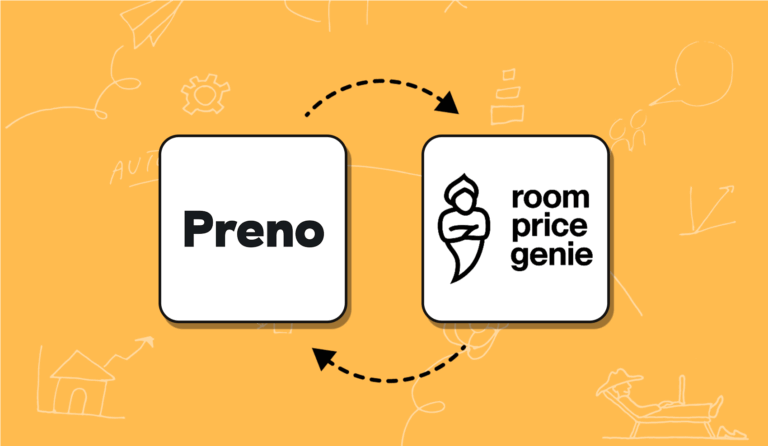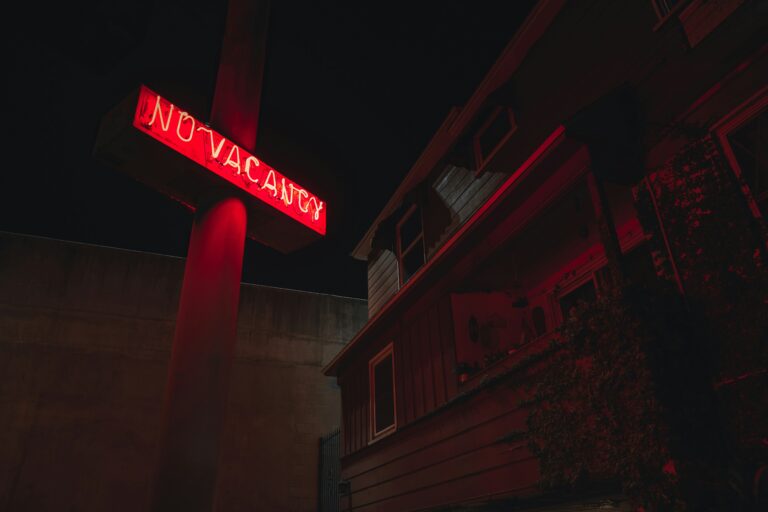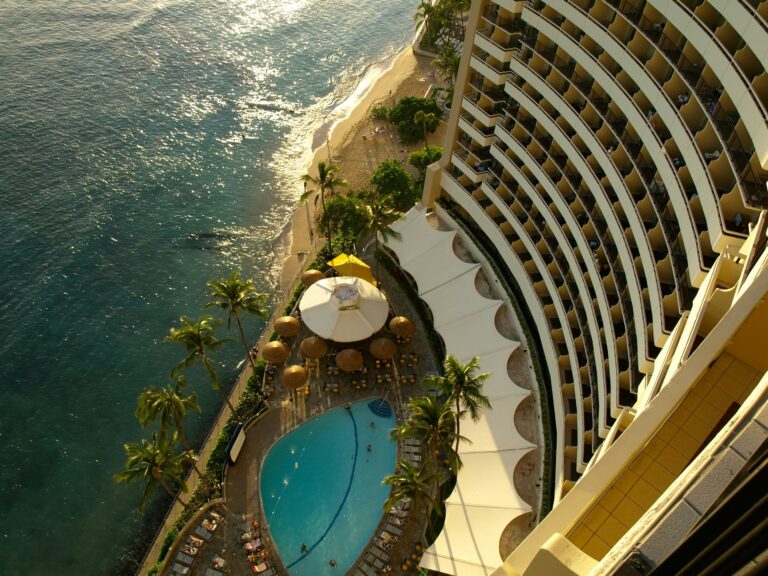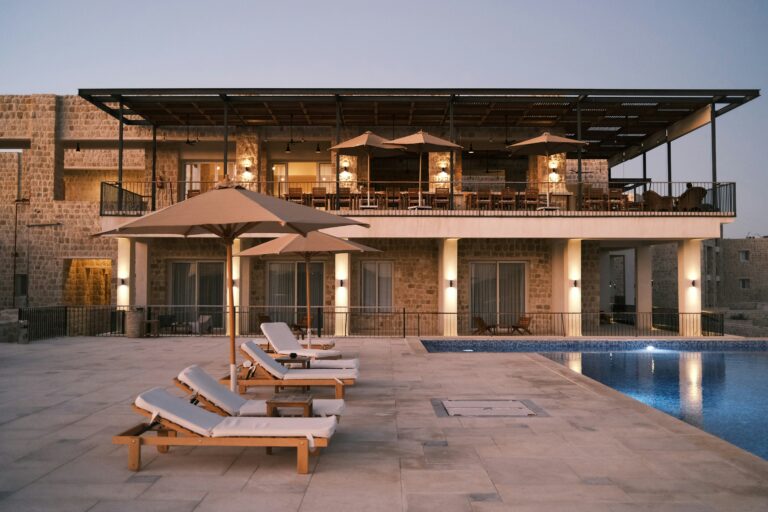Flexing rates is not about having 100% occupancy, it’s about ensuring your average rate is as high as guests will pay.
The concept of adjusting rates was a concept initially used by airlines. They based their pricing on demand and timing while ensuring that their costs were covered. Later this technique was adopted by larger hotel chains.
Demand is the most significant factor that affects rates. Higher demand allows for higher rates. As the rate of occupancy increases and supply (room availability) decreases, lower rates are removed from sale and only higher rates are available.
Just like airlines, hotels need a base of business in order to cover operational expenses. Selling all rooms at the same rate rarely produces good occupancy or an optimal average rate.
You should look at your fellow properties and alternative accommodation options in your region. Watch for when their rates change, are there any patterns? It doesn’t mean you have to be cheaper, but you may want to flex to be competitive. Always look out for local events, so you are not underselling rooms when demand will be high.
Set up varied rates for all room types
- Rack Rates (Your default rate)
- Discount 1 (e.g. walk-ins)
- Discount 2 (Corporate or local rate)
- Deeper Discount 3 (Discounts)
- Deeper Discount 4 (Promotional Rate)
Set the levels of occupancy which closes each rate
- 0-50% rooms sold — Demand is low, so all rates are available.
- 51 to 70% rooms sold — Demand is increasing, so close the Deep Discount rates.
- 71% to 85%+ rooms sold — Demand is high, so close all the rates except Walk-in, Corporate and Rack Rates.
To effectively flex your rates, briefly review your rates daily and have a more in-depth review of your rates weekly. Check out local events that are coming up to ensure you are not underselling. Monitor your sales channels, which ones are more effective? Have easy to understand room types and look for ways to increase the length of stay for each booking. Remove any rates which do not sell, keep your pricing simple.
You can then use other methods to maximise revenue (yield). One method is to have minimum nights stay such as a 2-night minimum stay over New Years. However, this needs to be implemented carefully so you don’t discourage people from booking. Only use this method when demand is clearly high.
By being proactive with your rates you can increase your average rate rather than just waiting for rooms to be sold. To find out how Preno’s simple, yet clever software can help you optimise your rates check us out here.





